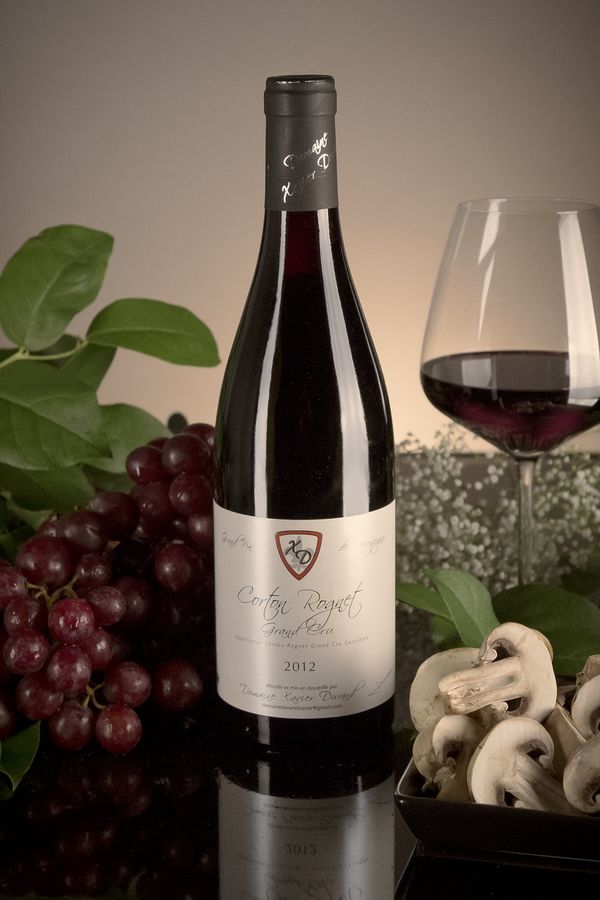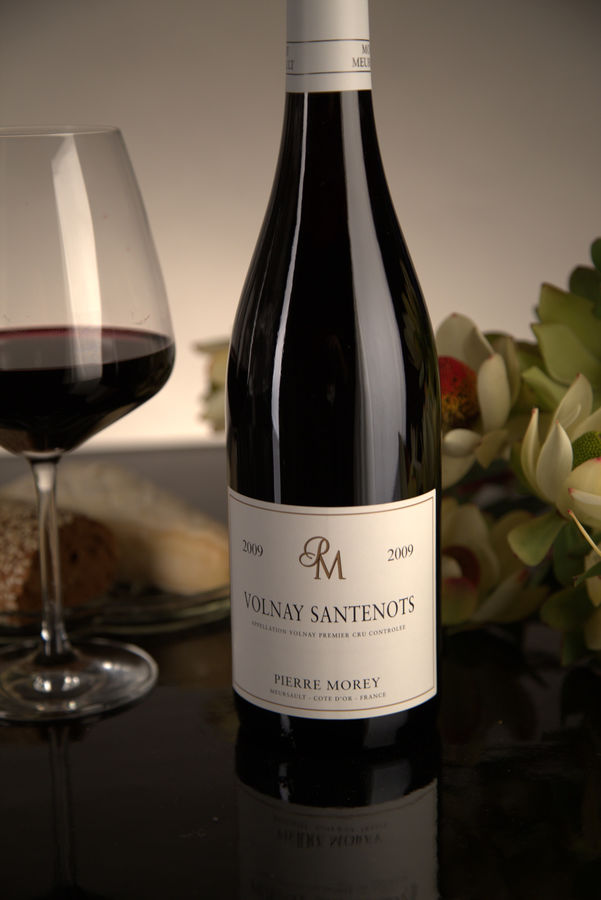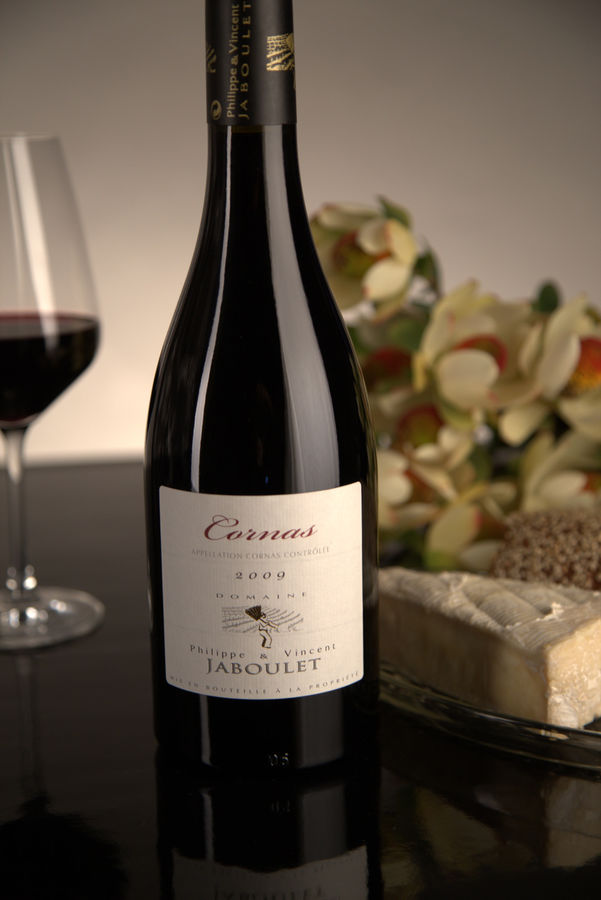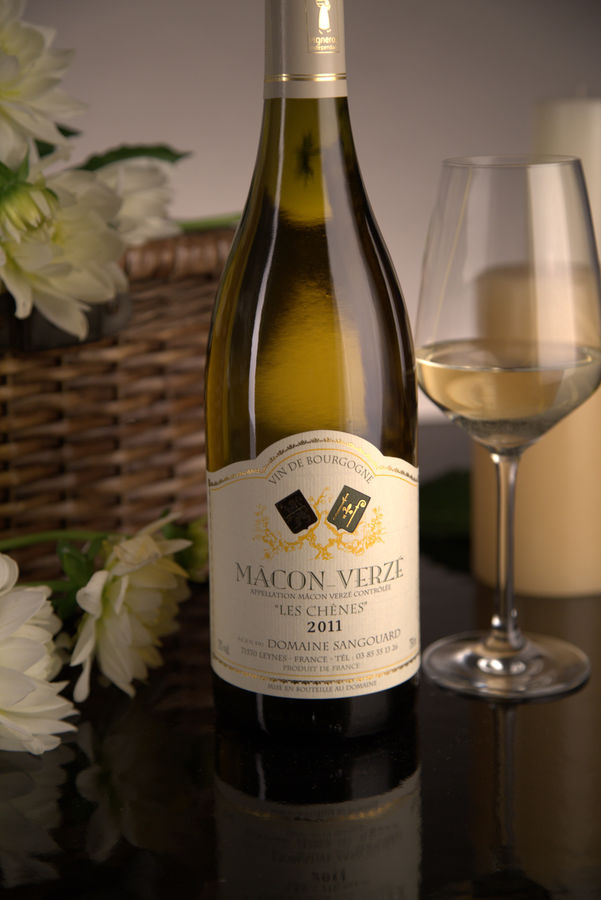What is terroir?
You will probably notice the word “terroir” popping up across the Producer and Appellation pages.
What is it?
To answer this, we will give you two explanations. One is simple and poetic. The other, more technical and detailed.
Simple, Poetic Explanation
Terroir basically means the essence or soul of the land.
It is everything about the land on which the grapes are grown that makes that place special or unique. This special uniqueness seeps into the grapes and the wine, giving it a different flavor from other areas nearby.
Maybe the wine tastes a little more floral. Maybe it’s a little more sweet. Maybe it’s a little less flamboyant. Maybe it’s more mineral. But year after year, it’s always different in that special way — which differentiates it from wines across the road — or across the country.
That is terroir.
Technical, Detailed Explanation
Different natural environments can lead to the expression of very different qualities in the same grapevine. These qualities include the amount of fruit the plant bears, and the amount of sugar and aromatic compounds it packs in its fruit.
These qualities eventually translate into fundamental wine properties such as yield, alcoholic content, aromatic complexity and longevity.
A simple illustration of the notion of terroir is the variety of wine types the Chardonnay grape yields at different latitudes or on different soil types: dry and austere Chablis on the chalky hillsides of Northern Burgundy, buttery and aromatic Meursaults on the warmer limestone hills of the Côte de Beaune, heady and plush Chardonnays on the sunny vineyards of Northern California.
In addition to natural factors, cultural practices such as choice of vine variety, planting density, pruning style, and vinification methods vary from one region to the next, further diversifying the wines and enriching the definition of terroir.
Depending on traditions, personal preferences, and the laws regulating their regions’ appellation system, winemakers may reveal or mask the specific characteristics of their terroirs. Respect for the individuality of terroirs is a defining feature of winemaking in Burgundy and the Northern Rhône region, whereas blending of different parcels and grape varietals is the norm in Bordeaux, Champagne, California and many other New World wine regions.
The notion of terroir is intimately linked to the French appellation system, which was originally created to recognize the distinctive qualities of wines made from different locations within the same wine region.
Other French terms related to terroir include lieu-dit (literally, “place name”), and climat (a Burgundy-specific term for lieu-dit.) They usually bear quaint and unpronounceable names such as Les Genevrières or Derrière le four, which actually refer to the specific vineyard or hillside the wine comes from.




